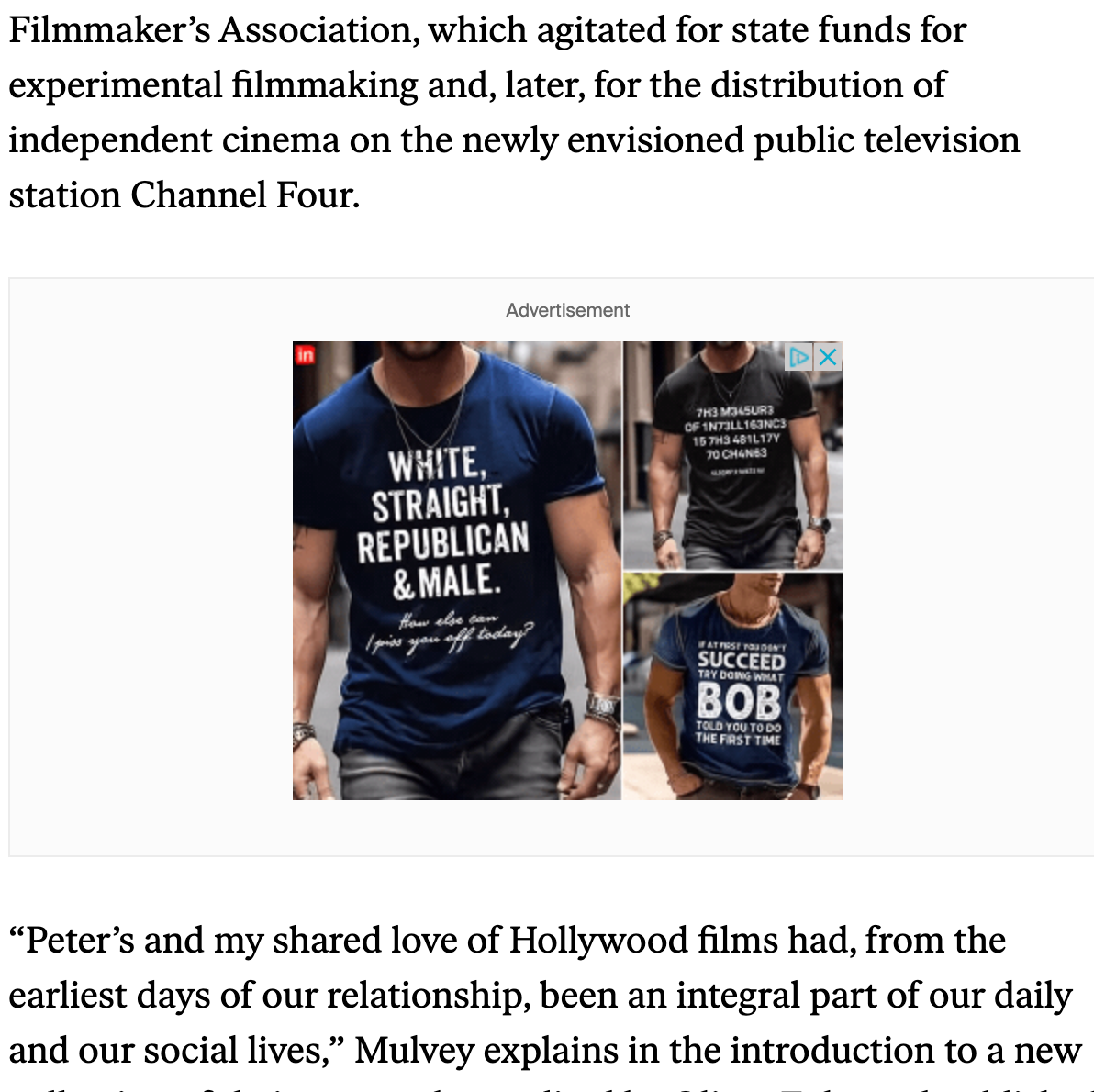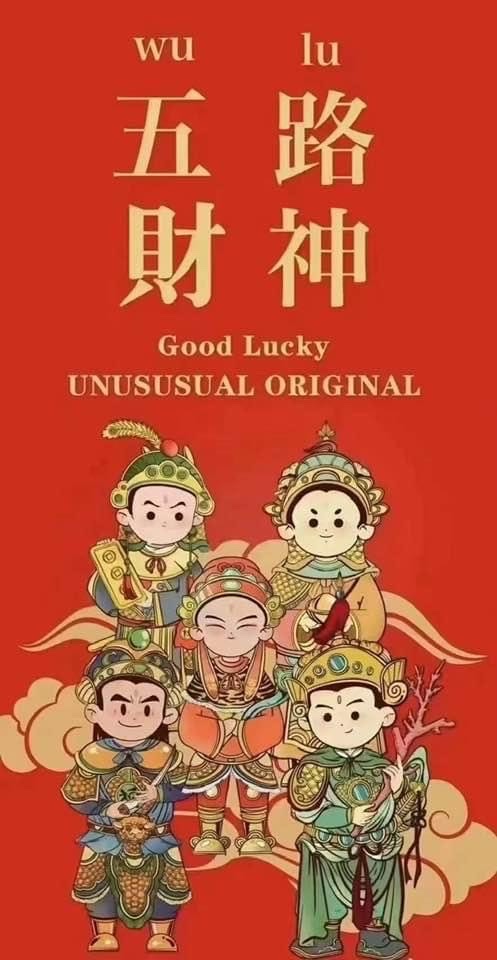Kimchee is Korean
Not Chinese. Do you understand?
This has long been a cabbage of contention, but make no mistake about it: fermented kimchee / kimchi (gimchi 김치 (IPA [kim.tɕʰi]) (lit., "soaked [in their own juices of fermentation] vegetables") is not the same thing as pickled paocai / pao tsai 泡菜 (lit., "soaked [in brine] vegetables").
Kimchee and paocai are made differently, have different ingredients and spices, and taste different. To call "kimchee" "paocai" would be like calling "wine" (pútáojiǔ 葡萄酒) "beer" (píjiǔ 啤酒).
Linguistically, kimchee has its own pedigree, of which I will here give an extended account.
Borrowed from Korean 김치 (gimchi), ultimately composed within Korea of Chinese-derived morphemes 沉 (chén, “submerged, soaked”) and 菜 (cài, “vegetable”), i.e. "fermented vegetable". Doublet of kimuchi.
Read the rest of this entry »


